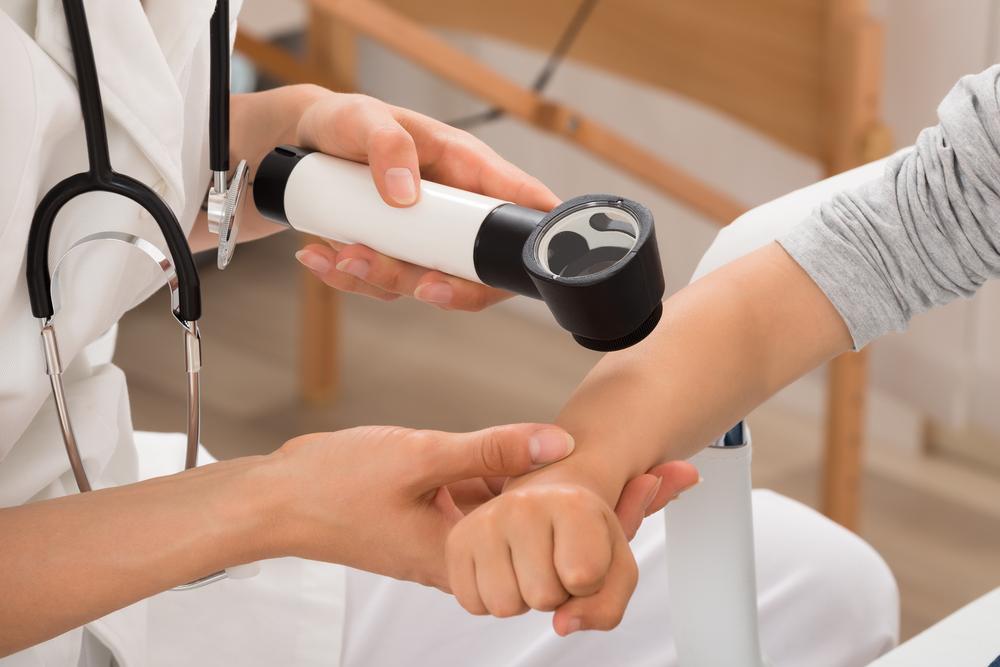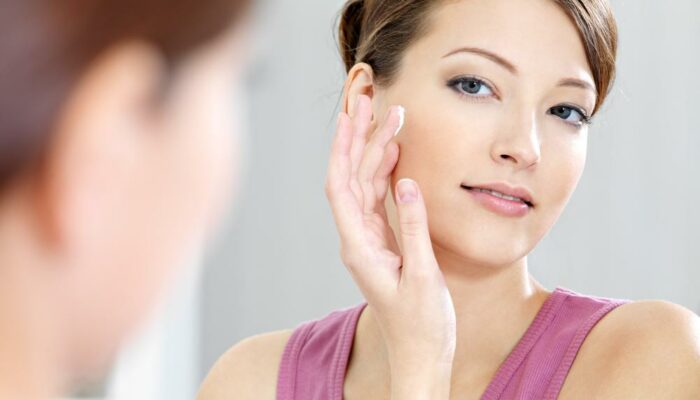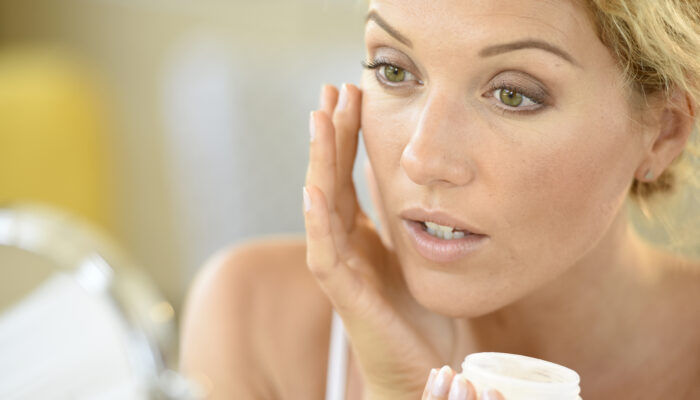
Psoriasis – Types and symptoms
Psoriasis is a chronic autoimmune disease that occurs on one’s skin. As with any autoimmune disease, psoriasis does not have a specific cause. It is triggered due to the unusual reaction of the immune system, where the body tries to heal by itself even in the absence of a wound.
People of all ages can be affected by psoriasis. The symptoms can be different for different people. There are many triggers for psoriasis, such as, stress, skin infections, medications, diet, allergies, and changes in weather.
Symptoms of psoriasis
Symptoms of psoriasis vary in different people.
- Red patches of skin
- Silvery skin patches
- Scaly skin patches
- Itching around the affected area
- Swelling and pain in joints (in case of psoriatic arthritis)
Apart from these symptoms, some people experience depression, mental anxiety, and low self-esteem due to the appearance of their skin. Psoriasis is not contagious. However, maintaining good personal hygiene helps in managing the symptoms of psoriasis.
Types of psoriasis
This skin condition is classified based on the appearance of the skin patches. Classification of the condition is important to decide the treatment method.
Plaque psoriasis
This is the most common one. Plaque psoriasis has raised red patches that have a silvery-white build up of dead skin around the edges. The elbows, knees, and lower back are common sites for this type of psoriasis to develop. These skin patches can be quite itchy and painful. For some people, they even crack and bleed.
Guttate
This appears like small, dot-like lesions. These lesions often appear during one’s childhood or adolescent years. Strep infections are the most common trigger for guttate. Around 10% of those affected with psoriasis develop guttate type.
Inverse psoriasis
Red lesions that develop in the skin folds of the body are classified as inverse psoriasis. The area behind the knees, armpits or the groin are common areas for inverse psoriasis to develop. These skin patches appear smooth and shiny. This is likely to occur along with other types of psoriasis.
Pustular
This type appears in the form of white pustules and is surrounded by red skin. These pustules are made up of white blood cells. They can occur in any part of the body and are not contagious.
Erythrodermic
This is a severe form of psoriasis that develops into fiery red skin patches that are spread all over the body. These patches may cause severe itching and pain. The affected areas may peel off in the form of sheets. However, erythrodermic occurs in only 3% of the people affected with psoriasis. Those affected by unstable plaque psoriasis are often a victim of erythrodermic psoriasis as well.
Most skin problems are triggered by stress, and psoriasis is no exception. There are a number of over-the-counter ointments and creams available for treating psoriasis. Most types of psoriasis subside with the application of these medications and changes in diet and lifestyle.



